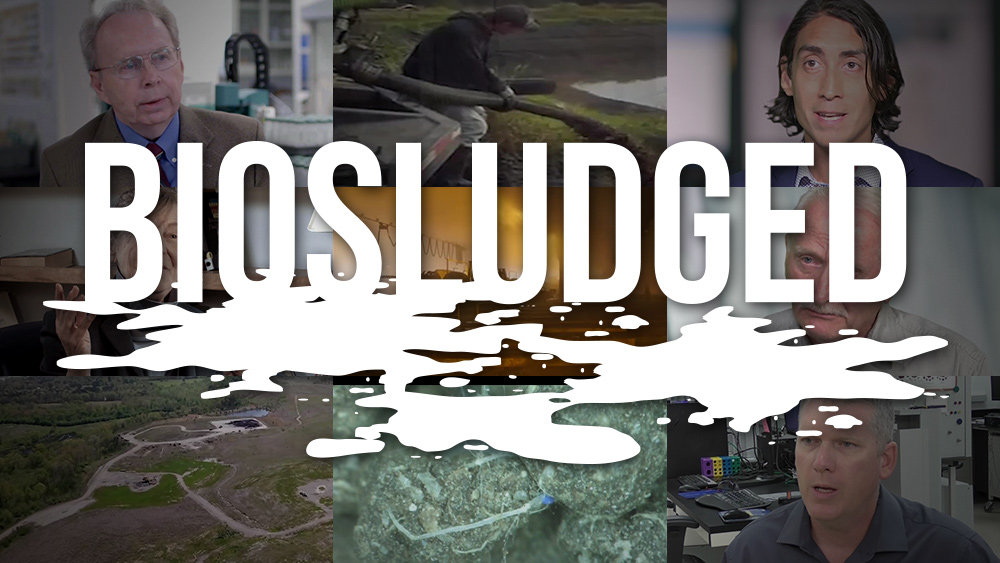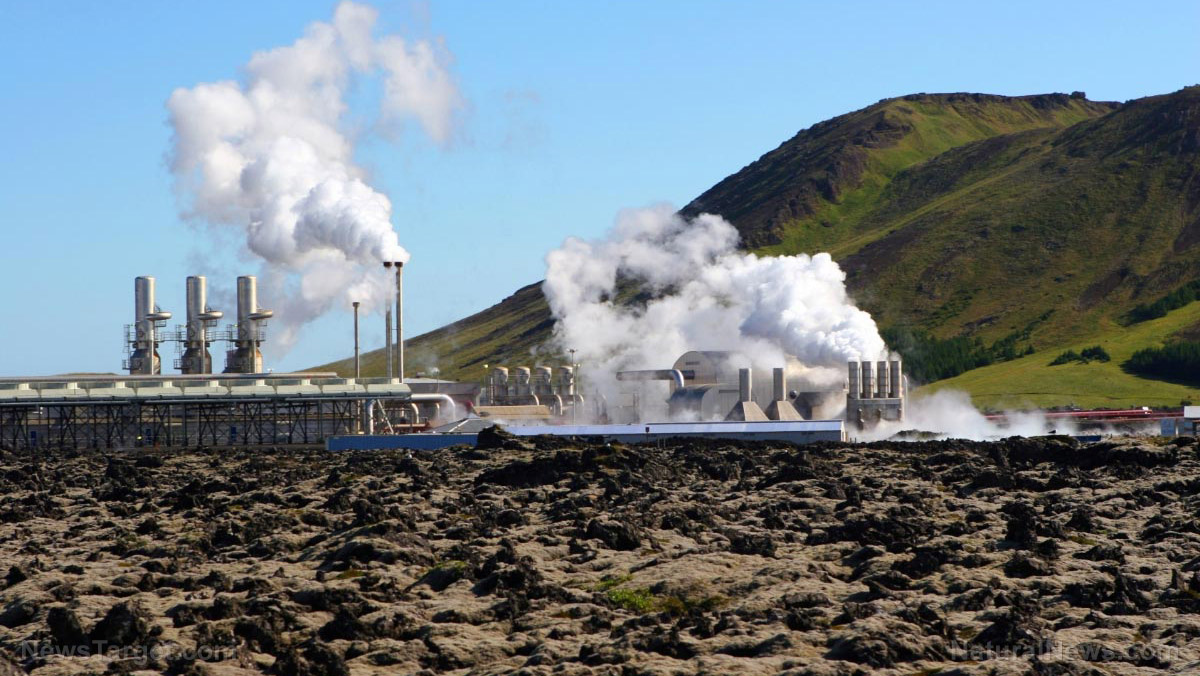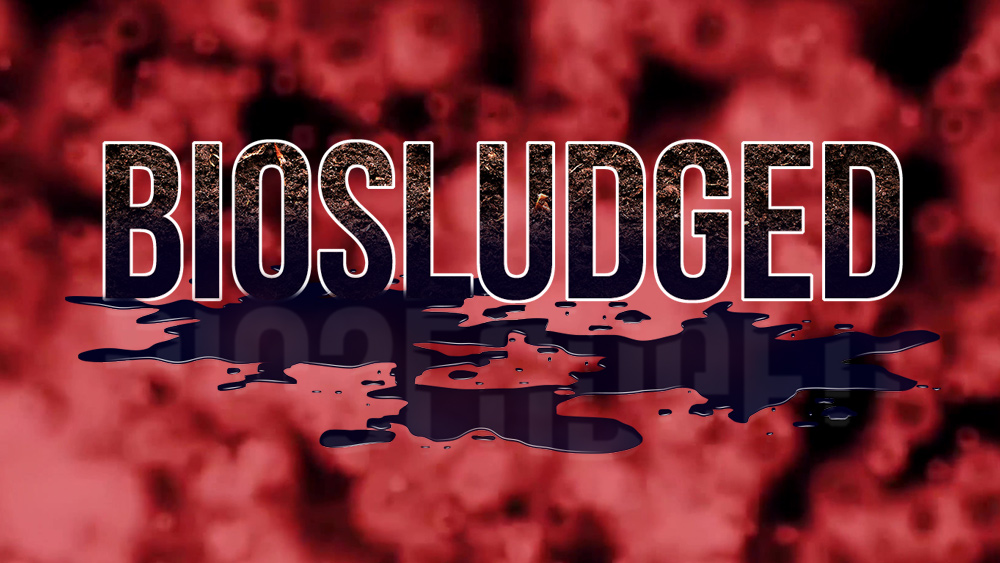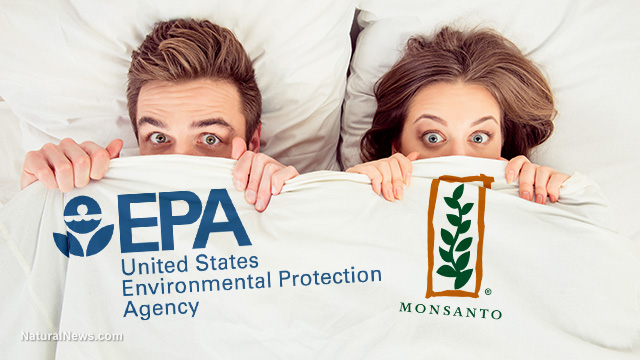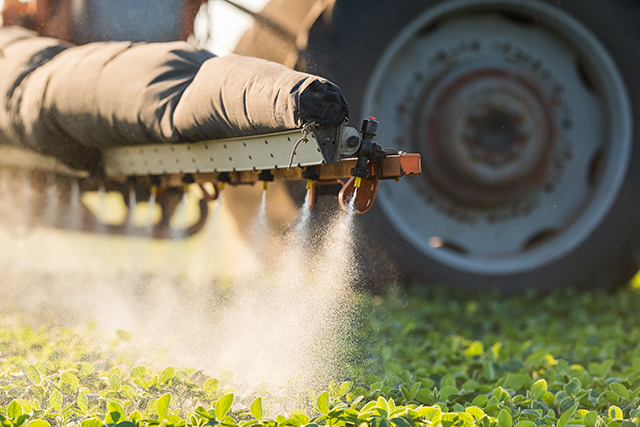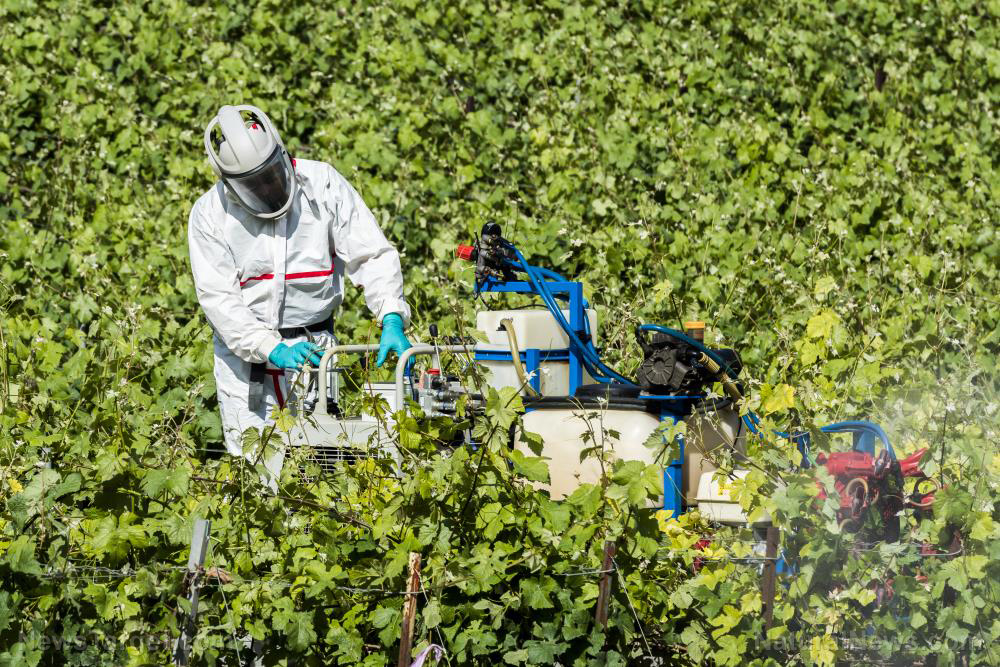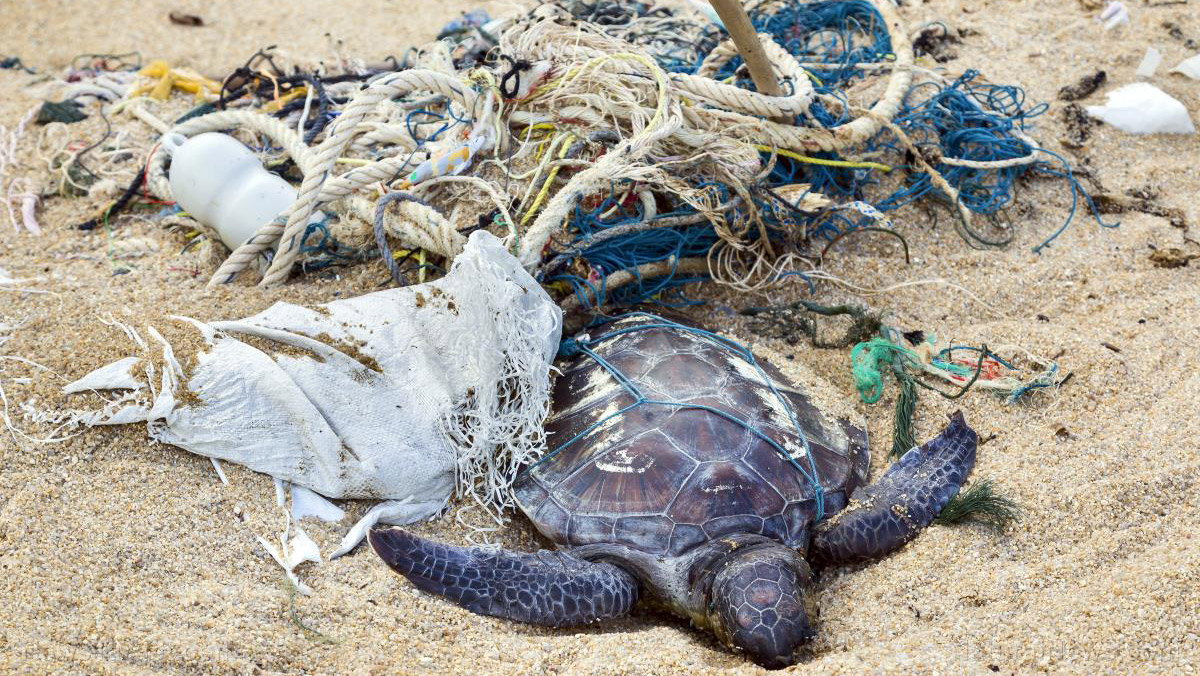More industrial pollution threatens Native Americans’ sacred land: Mohawk community fights for their home, history
04/28/2019 / By Jhoanna Robinson
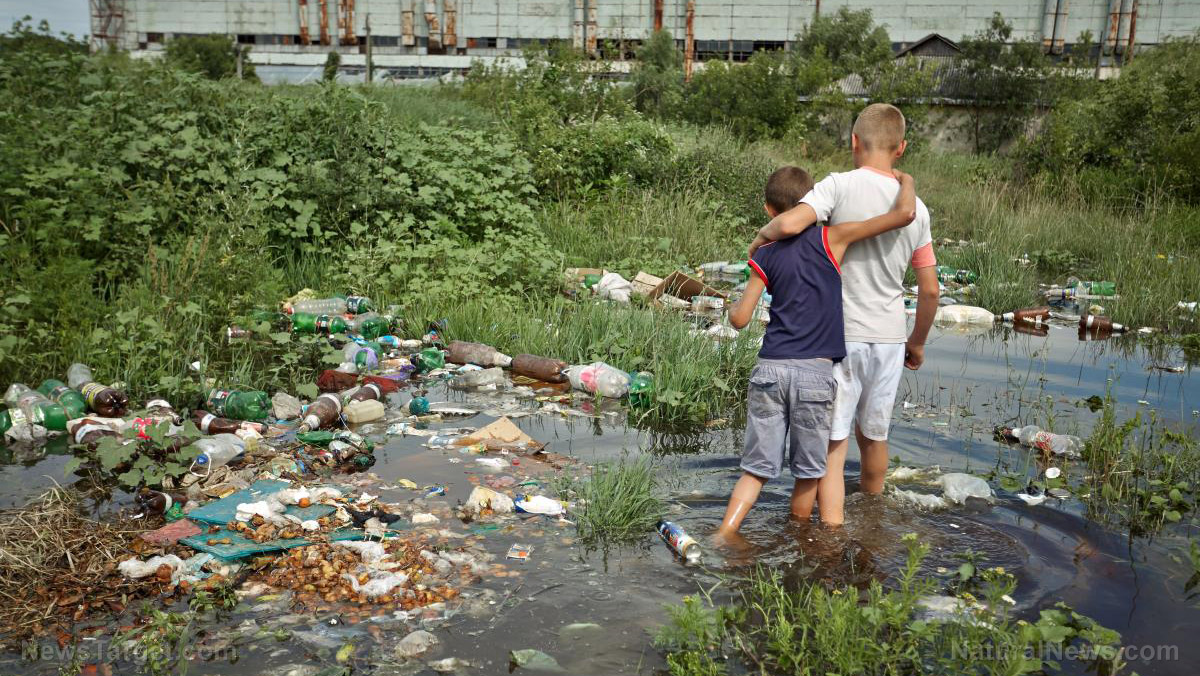
For years now, Akwesasne Mohawks have been fighting to preserve their heritage, facing state and federal governments and the scientific industrial complex amid a crippling environmental degradation issue that threatens to endanger the very nature of their existence.
The entire area where the Akwesasne Mohawks live, which is called the Akwesasne Mohawk Reserve, serves as the home of around 13,000 people across 25,712 acres, an area which is dubbed “land where the partridge drums”.
An Akwesasne Mohawk woman said she decreased her family’s fish consumption after an issuance of the St. Regis Mohawk Tribal of advisories prohibiting the consumption of locally-caught fish. The woman said she would have reduced her family’s fish consumption, anyway, after her husband noticed some concerning changes regarding the fish.
The woman, who is a resident of the Raquette Point region of the St. Regis Mohawk reservation, resides on a beautiful waterfront property and is at the same time privy to a Superfund cleanup, which is what her area needs.
“They’d come in here in their space suits and take your water, a sample of it. If that’s not alarming, then I don’t know what is,” the woman said. (Related: The toxic waste shell game across the USA.)
“We used to play in that dump. We would just scavenge in the junk and go sort through it, pick aluminum and stuff like that, play with paint.”
Mark, a resident, who lives further downriver from the Mohawk woman, said he blames his cancer on contamination from the pollution coming from three local industrial sites: General Motors, Reynold Metals, and Aluminum Company of America (Alcoa).
He said that even though the industrial plants may have had an impact on gardening in Akwesasne, that didn’t stop him from continuing to grow his own plants. “I never did stop planting, you know. Hoping that…the stuff I produced was healthier than what I bought from an unknown source, you know, at least I knew the pollutants I was getting from the yard, so I could say yeah, mine is polluted but it’s my own pollution.”
The industrial facilities that are contributing to the qualms of the Akwesasne Mohawks have been there since the 1950s on the St. Lawrence River where New York, Quebec, and Ontario meet.
According to the United States Centers for Disease Control and Prevention, the bodies of Akwesasne Mohawks have twice the levels of polychlorinated biphenyls (PCBs). PCBs were banned by the Environmental Protection Agency in 1979.
For more stories regarding toxic elements endangering the environment and human lives, visit Pollution.news.
Sources include:
Tagged Under: Akwesane Mohawk, Ecology, environ, fish consumption, industrial facilities, Native Americans, polychlorinated biphenyls, reservation, superfund, water


